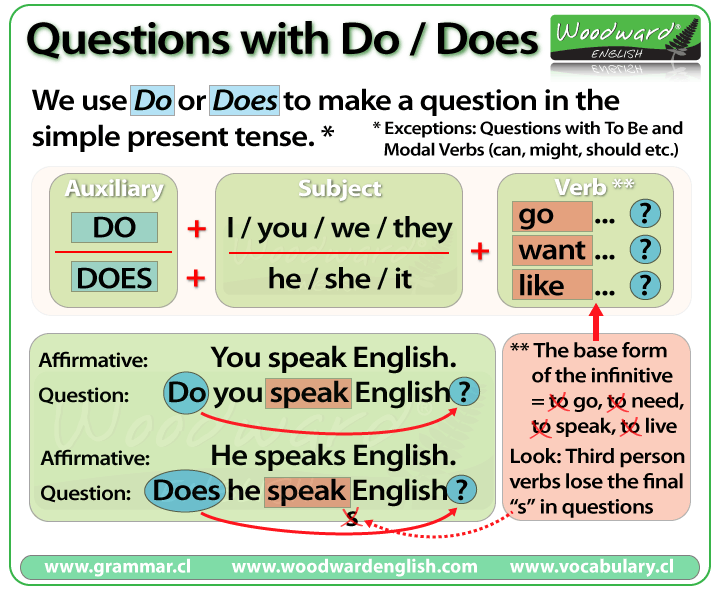Understanding the Speed of a 5.56 Bullet: What Impacts Velocity and Performance
Introduction: The Science Behind 5.56 Bullet Speed
The speed at which a 5.56 bullet travels is a fundamental factor for anyone interested in ballistics, hunting, sports shooting, or tactical applications. While the 5.56x45mm NATO cartridge is famous for its high velocity, the exact speed can vary. Understanding these variations is critical for accuracy, safety, and performance. This guide provides a detailed look at what determines how fast a 5.56 bullet travels, how you can measure or verify these speeds, and what practical steps you can take to access authoritative ballistic data.
What Is the Typical Velocity of a 5.56 Bullet?
The term “velocity” refers to the speed of the bullet as it leaves the barrel, measured in feet per second (fps). Based on published ballistics charts and military specifications, the muzzle velocity for factory-loaded 5.56 ammunition typically ranges from 2,700 fps to 3,300 fps , depending on several factors such as barrel length, bullet weight, and load type [1] . For example, a standard 5.56x45mm NATO M855 bullet fired from a 20-inch barrel can reach about 3,025 fps, while shorter barrels and heavier bullets reduce this speed [2] .
Key Factors Affecting 5.56 Bullet Velocity
Understanding why 5.56 bullet speed varies is essential for both enthusiasts and professionals. Here are the primary factors:
1. Barrel Length
Longer barrels generally yield higher velocities because the bullet spends more time being propelled by expanding gases. For 5.56 NATO rounds:
- 20-inch barrel: ~3,100 fps
- 16-inch barrel: ~2,800 fps
- 14.5-inch barrel: ~2,750 fps
- 10.5-inch barrel: ~2,500 fps
This means you can expect to lose about 50 fps for every inch trimmed from the barrel length [4] . Law enforcement and military carbines, which often use 14.5 to 16-inch barrels, will see slightly lower velocities than full-length rifles.
2. Bullet Weight and Type
Lighter bullets accelerate faster and generally achieve higher velocities. For example, a 55-grain bullet commonly exceeds 3,100 fps from a 20-inch barrel, while a heavier 77-grain bullet may be in the 2,750 fps range from the same barrel [1] . Additionally, boat tail and polymer-tipped bullets conserve velocity more efficiently downrange than flat-based or soft point designs.
3. Ammunition Load and Chamber Pressure
5.56 NATO ammunition is loaded to higher pressures compared to .223 Remington, resulting in slightly different velocities. When using 5.56 ammo in a 5.56 chamber, you can maximize velocity and reliability. However, using .223 in a 5.56 chamber may result in marginally slower speeds [3] .
How to Verify 5.56 Bullet Velocity for Your Setup
If you want to know exactly how fast a 5.56 bullet travels from your rifle, you can:
1. Consult Manufacturer Ballistics Data
Ammunition and firearm manufacturers typically publish velocity data for their products. For the most accurate information, check the official websites of major brands or refer to published ballistics charts. If you are unsure where to look, you can search for the specific ammunition model along with “ballistics chart” or “velocity data.” For example, searching “Federal 5.56 55gr velocity chart” can yield manufacturer results.
2. Use a Chronograph
For precise, real-world measurements, consider using a chronograph, which is a device that records the speed of a bullet as it leaves the barrel. To do this safely:
- Set up the chronograph according to the manufacturer’s instructions in a safe shooting environment.
- Fire several rounds and record the average velocity.
- Compare your results with published data for validation.
Chronographs are available at most gun stores and online retailers. If you’re not comfortable using one, many shooting ranges offer chronograph services for a fee.
3. Seek Expert Guidance
If you are new to ballistics, consider consulting with a certified firearms instructor or a local gunsmith. They can help interpret data and ensure your setup is safe and optimized for your needs.

Source: appsmith-appsmith.site.wassan.org
Comparing 5.56 Velocity to Similar Cartridges
The 5.56 NATO cartridge is often compared to the .223 Remington, which is very similar but has some key differences. Generally, the .223 Remington achieves slightly higher velocities due to differences in chamber design and pressure. For instance, a 55-grain .223 Remington load may reach 3,250 fps, while a comparable 5.56 load is usually just below 3,130 fps [3] . However, this difference is minimal and often not noticeable in most applications.
Practical Steps for Accessing 5.56 Ballistics and Velocity Data
To access reliable 5.56 velocity and ballistics information:
- Visit the official websites of ammunition manufacturers such as Federal, Winchester, and Hornady for their technical data sheets.
- Consult reputable sporting goods retailers and online ballistics resources with a history of providing accurate, cited information.
- For military-grade specifications, refer to published NATO or SAAMI documentation, or search for “5.56 NATO technical data” via official defense or standards organizations.
- If you need personalized results, visit a local shooting range or gunsmith, many of whom offer chronograph testing or can recommend reliable chronograph options.
When searching online, always use qualifying terms such as “official data,” “manufacturer ballistics,” or “velocity chart” to avoid unreliable sources.
Potential Challenges in Measuring and Interpreting Bullet Speed
Accurately determining bullet velocity is not without challenges:
- Environmental factors such as temperature, altitude, and humidity can affect velocity readings.
- Differences in individual firearms, barrel wear, and ammunition lots can result in significant variations.
- Consumer-grade chronographs, while useful, may have measurement errors. Always repeat tests and average your results for more reliable data.
To address these issues, always follow best safety practices, use consistent ammunition, and, if possible, test under controlled conditions.
Alternative Approaches and Additional Resources
If you are unable to access a chronograph or manufacturer data, there are still ways to estimate 5.56 bullet velocity:
- Review published ballistics tables from trusted shooting publications or firearm organizations.
- Ask experienced shooters at your local range or join online forums dedicated to ballistics and reloading, where members often share chronograph results for specific combinations.
- Consult local gun stores or sporting goods outlets for printed ballistics guides or reference books.
While these methods may not provide exact measurements, they offer reasonable estimates for most practical purposes.
Key Takeaways and Next Steps
In summary, the speed of a 5.56 bullet can vary from 2,700 to 3,300 fps depending on barrel length, bullet weight, and ammunition load. For the most accurate velocity data:
- Consult manufacturer or official ballistics charts.
- Use a chronograph for direct measurement.
- Seek guidance from qualified firearms professionals.
For further research, always prioritize official and well-established industry sources. If you have specific requirements (such as for hunting, competition, or tactical use), consider consulting with a professional to match the right ammunition and firearm setup to your needs.

Source: youtube.com



